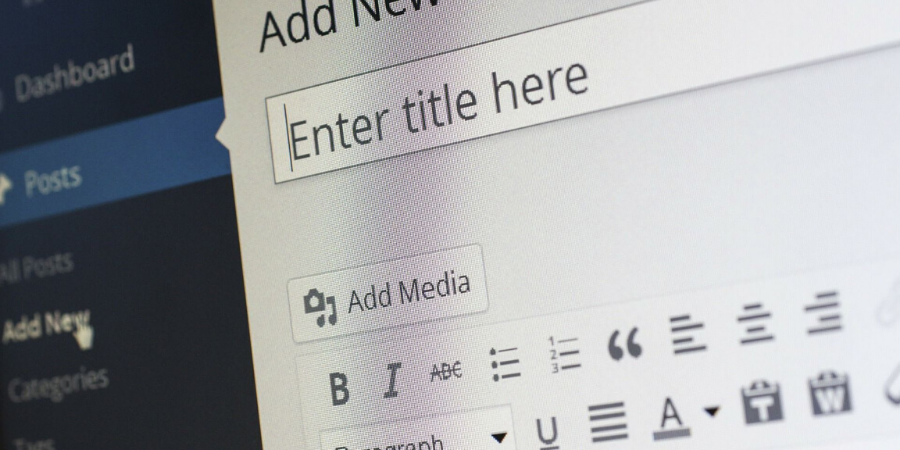The simple definition of change management is what it sounds like: managing changes in processes, procedures, or products with stakeholders from all sides. In a landscape-related business, stakeholders could include buyers, growers, purchasing agents, office admin staff (in particular, finance), delivery drivers, designers, and more.
Whenever you make a change, such as embracing an online marketplace like LandscapeHub for selling or purchasing, there’s always a little bit of friction. People have to learn new systems, procedures, and technology, and they might be resistant.
Solid change management techniques can help overcome resistance and ensure that your new way of doing business is successful, and that’s what everyone wants — even those who seem resistant. A lot of resistance comes from fear (that they won’t understand what to do, that their job is going away, that their job will take longer), but these tips can help you and your stakeholders overcome the resistance and benefit from the positive outcomes the change will allow.
Does this sound like “corporate speak?” A little bit, but it doesn’t have to be. Here are six key tips for managing change successfully. They’re not complicated and involved and don’t require you to wear a business suit. If you make a point to do these six things, you will be successful in getting staff and customers on board with LandscapeHub.
Define the Goal & Associated Benefits
Start by defining your goal for using LandscapeHub and then listing the associated benefits. Setting the goal is important because everyone needs to know what they are working toward. However, listing the benefits is what will help you get buy-in from stakeholders. To make a change with more than halfhearted compliance, people need to understand how the change will help them and make their life easier. Otherwise, a change is just more work.
The high-level goal for anyone reading this blog post is “to use LandscapeHub.” But, it’s helpful to define why you’re using LandscapeHub. Here are a couple of goals and associated benefits that might speak to you.
- Goal: Convert XX percentage of buyers to using LandscapeHub by XX date.
- Goal: Complete XX percentage of purchases through LandscapeHub by XX date.
The acronym “SMART” is often used for goals, but that’s because it’s useful.
Goals should be
- Specific
- Measurable
- Attainable
- Realistic
- Timely
When you’re articulating your goals, make them SMART!
Identify Key Stakeholders & Resources They Need
Once leadership has defined goals, identify key stakeholders and how this change will affect them. Actually writing this down will ensure you don’t leave anyone out. For example:
- Buyers: If you’re a supplier looking to convert buyers to using LandscapeHub, you’ll want to make sure that they know LandscapeHub is an option, understand the benefits, and have some training on using the platform.
- Office staff: If you’re a buyer purchasing through LandscapeHub, your office staff might need support to pay bills through the system. (It’s easy, but you’d have to point them in the right direction.)
- Delivery drivers: Let’s say you’re a buyer starting to purchase through LandscapeHub. Make sure your delivery drivers understand where, when, and how they’re picking up materials.
Anyone who touches the fulfillment process, from tagging trees in the yard to paying bills, to scheduling deliveries, to requesting quotes, will be affected by working through LandscapeHub.
Provide Training & Support
Make sure the effects of using LandscapeHub are positive by using your list of stakeholders and their needs to create a game plan for enacting change that satisfies the needs you’ve identified. Training and support can include:
- Marketing emails to let customers know that LandscapeHub exists, with links to training materials. (This blog post is a great source of info for getting the most out of LandscapeHub.)
- A designated in-house “LandscapeHub” expert who knows the ins and outs of the platform.
- A checklist for creating quotes or uploading materials to LandscapeHub.
- Demonstrations of tips for using the software.
What you need to do to help your customers and staff use LandscapeHub will vary depending on your goals, but in general, people need to know that it’s available and understand key functionality that relates to their role.
Schedule Evaluation
When the changes are rolled out, make sure there’s a meeting, phone call, or get together scheduled to check in with stakeholders.
- Suppliers: Call your buyers and ask how it’s going. See if they have any questions, frustrations, or wins. Ask if you can use their positive feedback in your marketing emails.
- Suppliers: Meet with your office staff to see how product upload is going. Find out if there’s anything you can do to streamline the system.
- Buyers: Pause and reflect on how your purchasing process has changed. Are there any other features of the system you can incorporate now that you’ve gotten started?
Give Encouragement
Nobody likes to work in a vacuum. If you’ve gone to the trouble to get staff and customers to make changes, go to the trouble to give feedback — encouraging feedback. Let them see their metrics. “We’ve added XX new customers since implementing online fulfillment through LandscapeHub.” “We’ve cut XX amount of time from our purchasing process, for an XX percentage in efficiency.”
If possible, give a bonus or provide a “gift” such as a half-day of paid time off or lunch in celebration of meeting the goals. If that’s not feasible, expressing gratitude and giving feedback on their efforts goes a long way toward making people feel valued and interested in making more changes in the future.
Keep Momentum Going
It’s easy to backslide into old habits. Schedule more evaluations/ check-ins for the future and incentivize further productivity. Set new goals once your company has effectively started using LandscapeHub so that you can get more out of the platform.
LandscapeHub can give your business tremendous gains in efficiency, and you’ll see more gains if you do your best to positively and proactively manage the transition into use for your key stakeholders.


.png)
